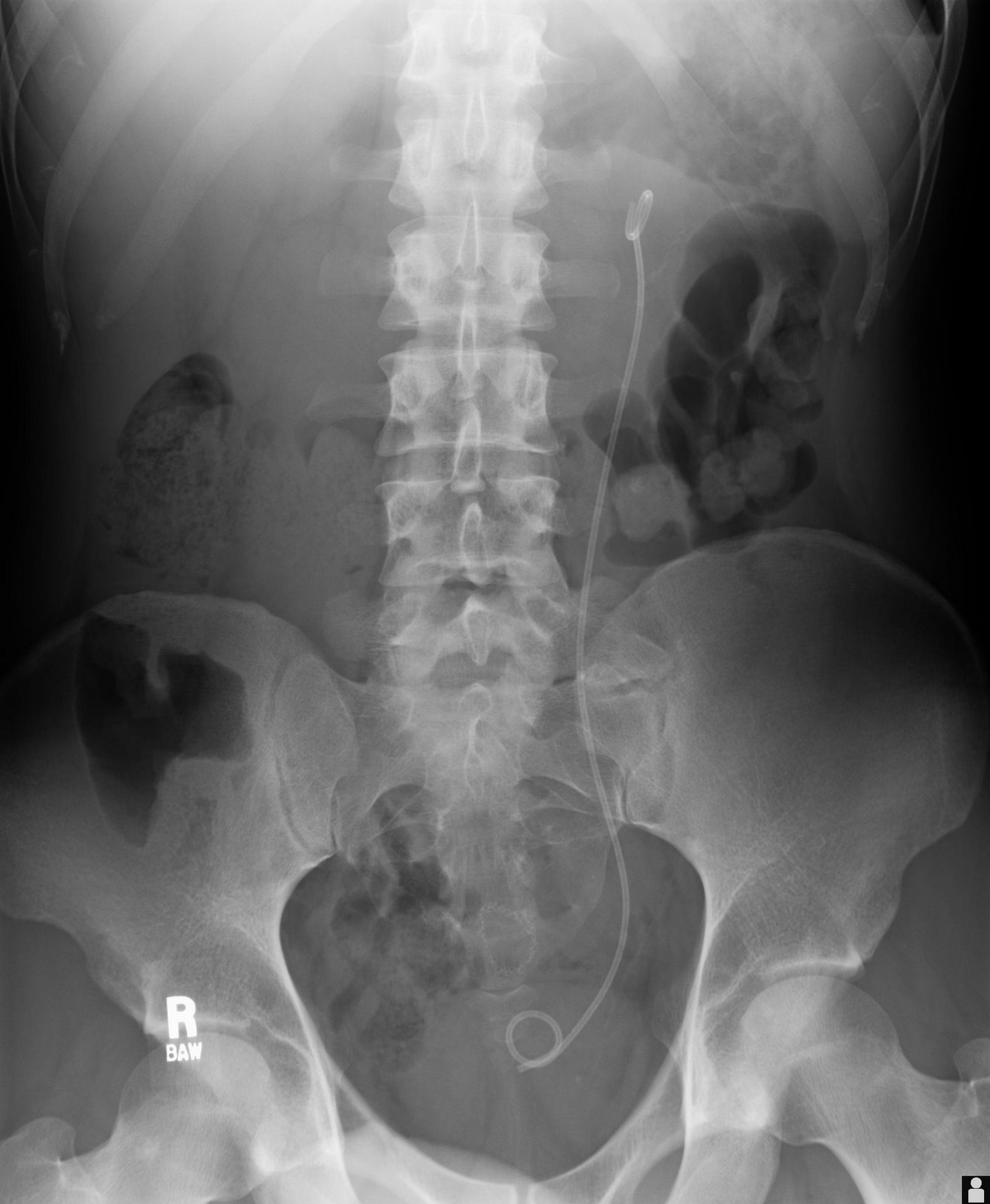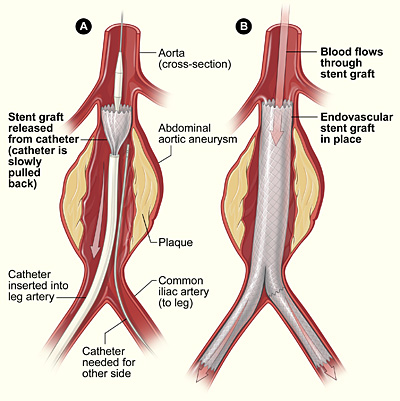(original) (raw)
Stents (Surgery)
Enlarge text Shrink text
Topic
| מספר מערכת 987007534176805171 
Information for Authority record
See Also From tracing topical name
Surgical instruments and apparatus
MARC
MARC
Other Identifiers
Library of congress: sh 85127966
Sources of Information
- Web. 3
- Dorland's med. dict.
- MESH
1 / 8

Stent tekst
No machine-readable author provided. Ekko assumed (based on copyright claims)., Public domain

File:Abdominal Xray with uretal stent.jpg

File:Aneurysm endovascular.jpg
National Institutes of Health, Public domain

File:Biliary stent endo.jpg


File:Spanner insitu.jpg
JMUNROO / Wikipedia, CC BY-SA 3.0


Wikipedia description:
In medicine, a stent is a tube usually constructed of a metallic alloy or a polymer. It is inserted into the lumen (hollow space) of an anatomic vessel or duct to keep the passageway open. Stenting refers to the placement of a stent. The word "stent" is also used as a verb to describe the placement of such a device, particularly when a disease such as atherosclerosis has pathologically narrowed a structure such as an artery. A stent is different from a shunt. A shunt is a tube that connects two previously unconnected parts of the body to allow fluid to flow between them. Stents and shunts can be made of similar materials, but perform two different tasks. There are various types of stents used for different medical purposes. Coronary stents are commonly used in coronary angioplasty, with drug-eluting stents being the most common type. Vascular stents are used for peripheral and cerebrovascular disease, while ureteral stents ensure the patency of a ureter. Prostatic stents can be temporary or permanent and are used to treat conditions like benign prostatic hyperplasia. Colon and esophageal stents are palliative treatments for advanced colon and esophageal cancer. Pancreatic and biliary stents provide drainage from the gallbladder, pancreas, and bile ducts to the duodenum in conditions such as obstructing gallstones. There are also different types of bare-metal, drug-eluting, and bioresorbable stents available based on their properties. The term "stent" originates from Charles Stent, an English dentist who made advances in denture-making techniques in the 19th century. The use of coronary stents began in 1986 by Jacques Puel and Ulrich Sigwart to prevent vessel closure during coronary surgery.
All items Digital Items only
